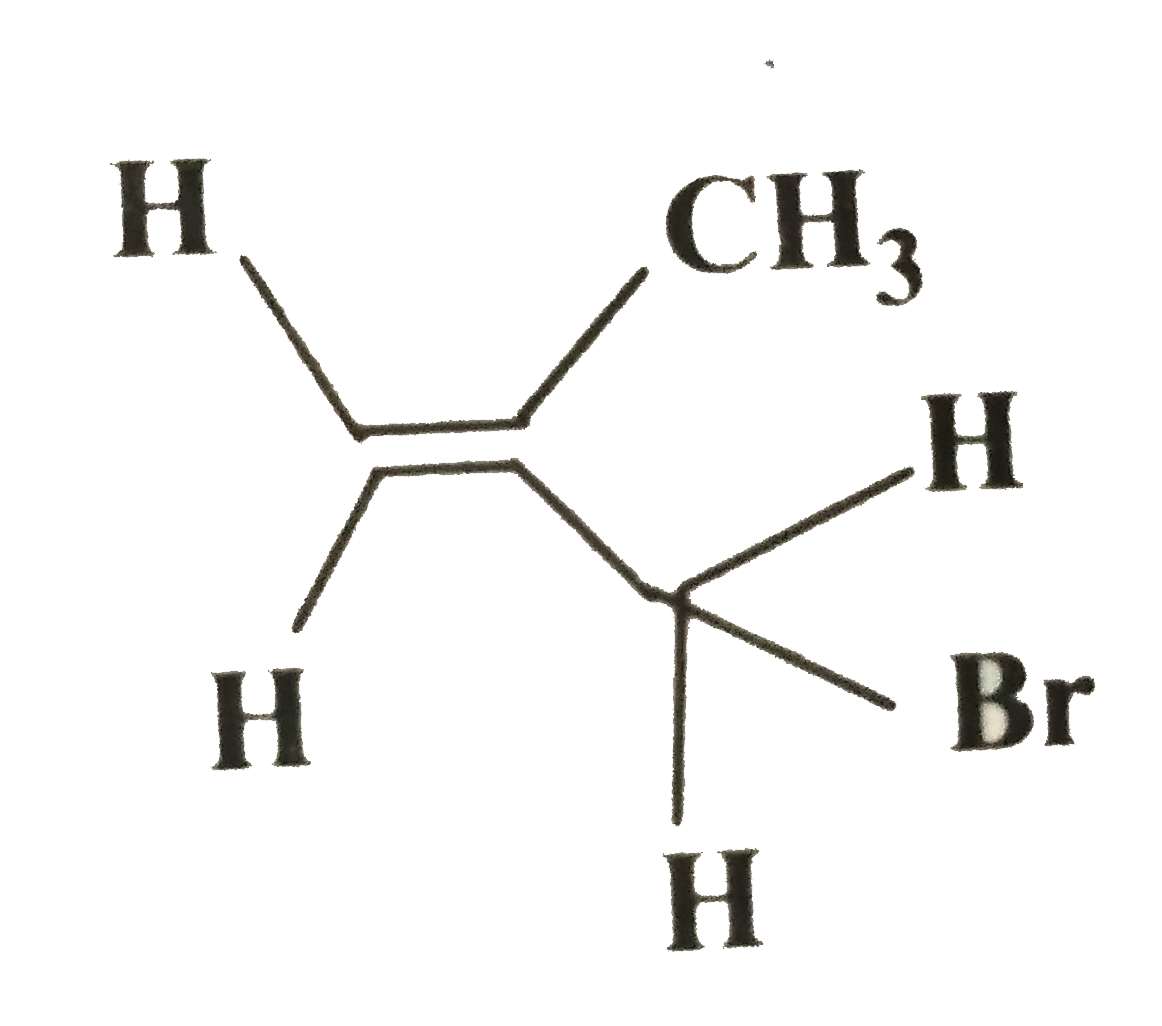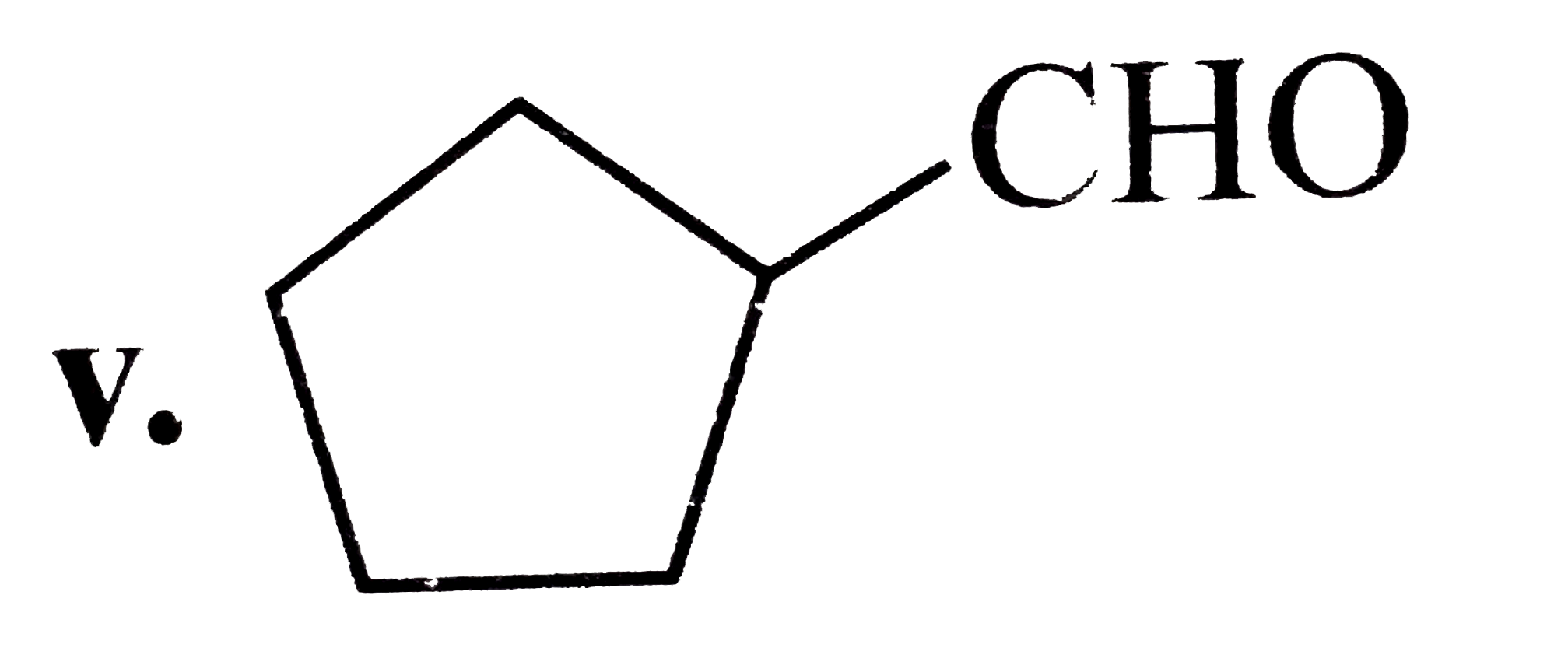Write the IUPAC names of the following ketones and aldehydes. Wherever possible, give also common names.
PhCOPh
To determine the IUPAC and common names for the compound PhCOPh, we can follow these steps:
Step 1: Identify the structure of the compound
The compound PhCOPh consists of a carbonyl group (C=O) flanked by two phenyl groups (Ph). This indicates that it is a ketone, as it has two carbon-containing groups attached to the carbonyl carbon.
Step 2: Determine the parent chain and substituents
In this case, the parent chain is the carbonyl carbon (C=O) bonded to two phenyl groups. Since there are two identical phenyl groups, we can denote them as "diphenyl."
Step 3: Name the compound using IUPAC nomenclature
According to IUPAC rules, we name ketones by identifying the longest carbon chain that includes the carbonyl group. Here, the carbonyl carbon is connected to two phenyl groups, making the IUPAC name:
- Diphenylmethanone
Step 4: Identify the common name
The common name for this compound is derived from its structure. It is widely known as:
- Benzophenone
Final Answer:
- IUPAC Name: Diphenylmethanone
- Common Name: Benzophenone
The compound PhCOPh consists of a carbonyl group (C=O) flanked by two phenyl groups (Ph). This indicates that it is a ketone, as it has two carbon-containing groups attached to the carbonyl carbon.
In this case, the parent chain is the carbonyl carbon (C=O) bonded to two phenyl groups. Since there are two identical phenyl groups, we can denote them as "diphenyl."
According to IUPAC rules, we name ketones by identifying the longest carbon chain that includes the carbonyl group. Here, the carbonyl carbon is connected to two phenyl groups, making the IUPAC name:
- Diphenylmethanone
The common name for this compound is derived from its structure. It is widely known as:
- Benzophenone
- IUPAC Name: Diphenylmethanone
- Common Name: Benzophenone
Topper's Solved these Questions
- BOOK - ICSECHAPTER - ALDEHYDES, KETONES AND CARBOXYLIC ACIDSEXERCISE - ISC EXAMINATION QUESTIONS (PART-II DESCRIPTIVE QUESTIONS) (CARBOXYLIC ACIDS)99videos
ALDEHYDES, KETONES AND CARBOXYLIC ACIDS
- BOOK - ICSECHAPTER - ALCOHOLS, PHENOLS AND ETHERS EXERCISE - ISC EXAMINATION QUESTIONS25videos
ALCOHOLS, PHENOLS AND ETHERS
- BOOK - ICSECHAPTER - APPENDIX II ( TYPICAL CONVERSIONS)EXERCISE - AROMATIC CONVERSIONS98videos
APPENDIX II ( TYPICAL CONVERSIONS)
Similar Questions
Write the IUPAC name of the following :
 View Solution
View SolutionWrite the IUPAC names of the following ketones and aldehydes. Wherever possible, give also common names.
Ph−CH=CH−CHOView SolutionWrite the IUPAC names of following ketones and aldehydes. Wherever possible, give common nemes also.
i. CH3CO(CH2)4CH3
ii. CH3CH2CHBrCH2CH(CH3)CHO
iii. CH3(CH2)5CHO
iv. Ph−CH=CH−CHO
v.
vi. PhCOPhView SolutionWrite the IUPAC names of the following ketones and aldehydes. Wherever possible, give also common names.
Ph−CH=CH−CHOView SolutionWrite the IUPAC names of the following ketones and aldehydes. Wherever possible, give also common names.
CH3CO(CH2)4CH3View SolutionWrite the IUPAC names of the following ketones and aldehydes. Wherever possible, give also common names.
CH3CO(CH2)4CH3View SolutionWrite the IUPAC names of the following ketones and aldehydes. Wherever possible, give also common names.
CH3CO(CH2)4CH3View SolutionWrite the IUPAC names of following ketones and aldehydes. Wherever possible, give common nemes also.
i. CH3CO(CH2)4CH3
ii. CH3CH2CHBrCH2CH(CH3)CHO
iii. CH3(CH2)5CHO
iv. Ph−CH=CH−CHO
v.
vi. PhCOPhView SolutionWrite the IUPAC names of the following ketones and aldehydes. Wherever possible, give also common names.
CH3(CH2)5CHOView SolutionWrite the IUPAC names of following ketones and aldehydes. Wherever possible, give common nemes also.
i. CH3CO(CH2)4CH3
ii. CH3CH2CHBrCH2CH(CH3)CHO
iii. CH3(CH2)5CHO
iv. Ph−CH=CH−CHO
v.
vi. PhCOPhView Solution

